Maybe you’ve been wanting to visit museums with your kids but not sure they would be welcome.
Or, maybe your family is already one of those avid museum goers and you want to know how to get more out of the experience.
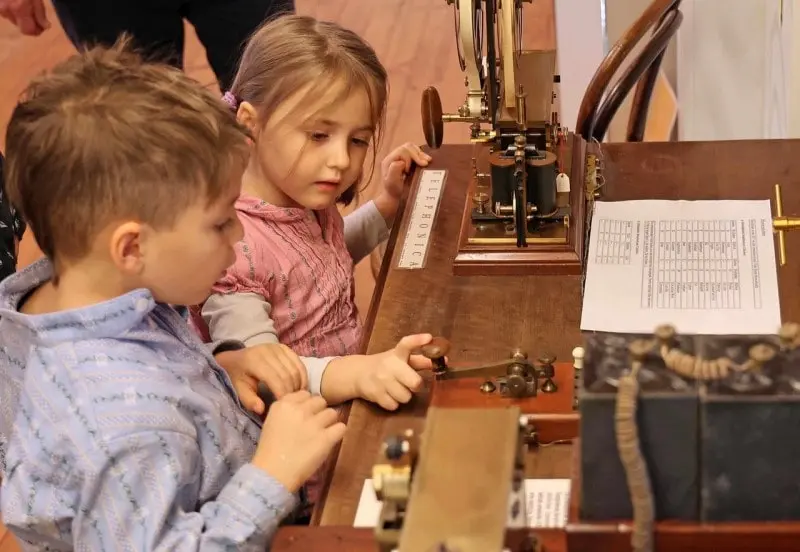
Here we’re focusing on making museums accessible to kids and how to make a visit to any museum enjoyable, for even the smallest visitors.
Here are the top 10 ways you can make the experience a good one for your kids and yourself!
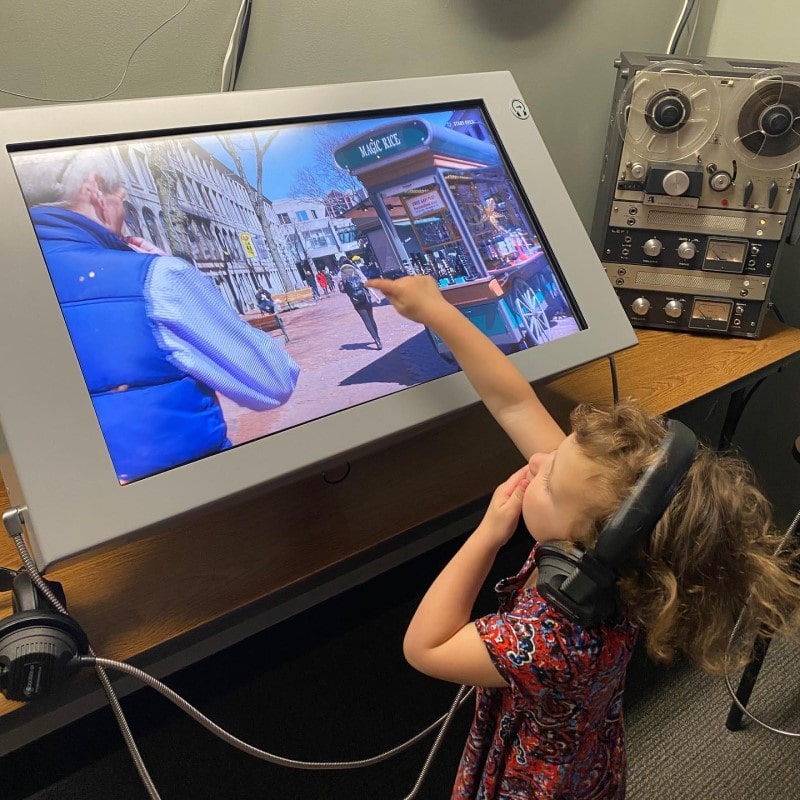
Tip #1 Plan on Mini-Visits
A day at the museum may sound nice, but the reality is kids can’t handle too much at once and the experience will be better if parents don’t expect them to.
Younger children can realistically focus on an exhibit for about 20 to 25 minutes while older children may last up to an hour.
But to make the trip worth your while, you can break your day into several mini-visits, seeing one exhibit then having a snack break or going outside, then returning for another visit to a different exhibit.
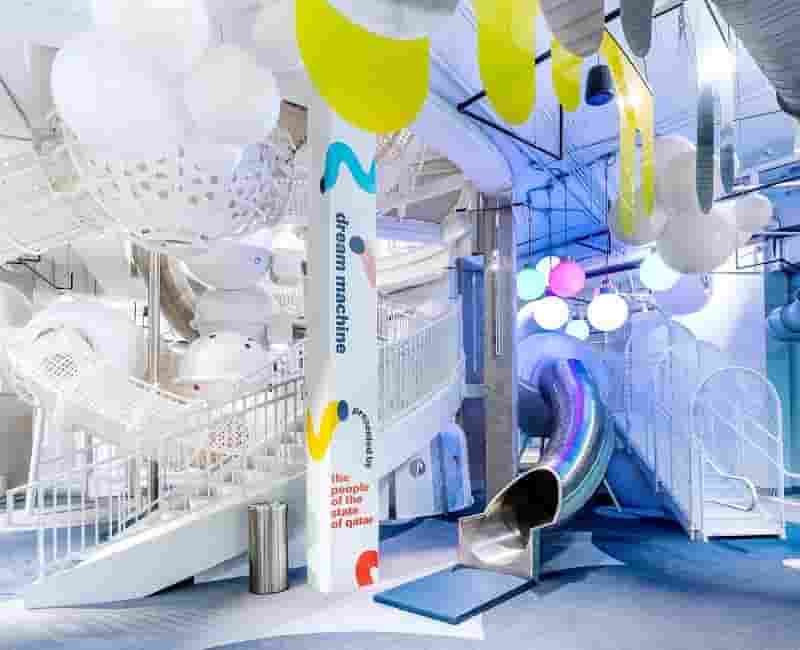
If you visit museums that are close to each other, you can even make mini-visits to multiple museums on one day to keep things interesting.
Many museums also have play rooms or interactive carts where children can take play breaks. For example, one playroom we particularly love is the Discovery Room at the Natural History Museum in Washington DC.
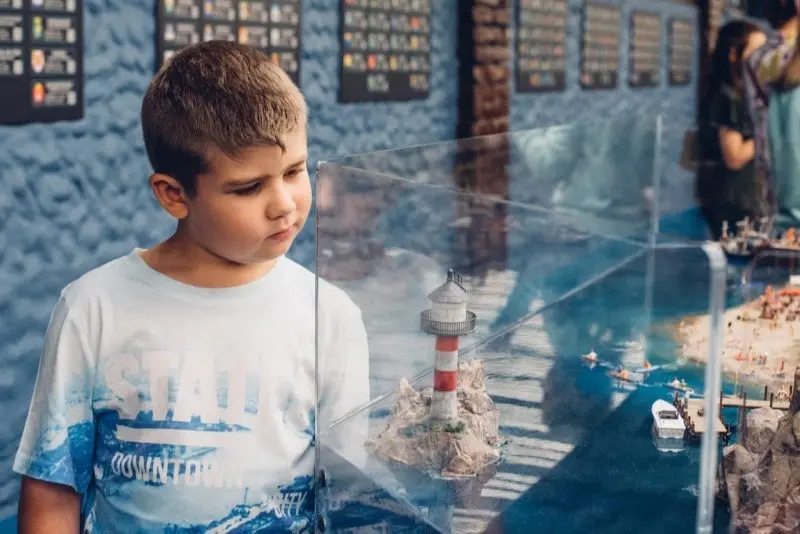
Tip #2: Focus on 1 Theme (and Make It a Scavenger Hunt)
Kids love having something to do and creating your own scavenger hunt is easy.
Ask kids to find as many wheels as they can, or search for frogs, or look for pictures of children, or search for whatever may hold your child’s interest.
If you have more than one child you can make the search a contest.
If you have a little more time to put into planning you can visit the museum’s website and choose specific objects for children to find then either make a list or print out pictures of the objects.
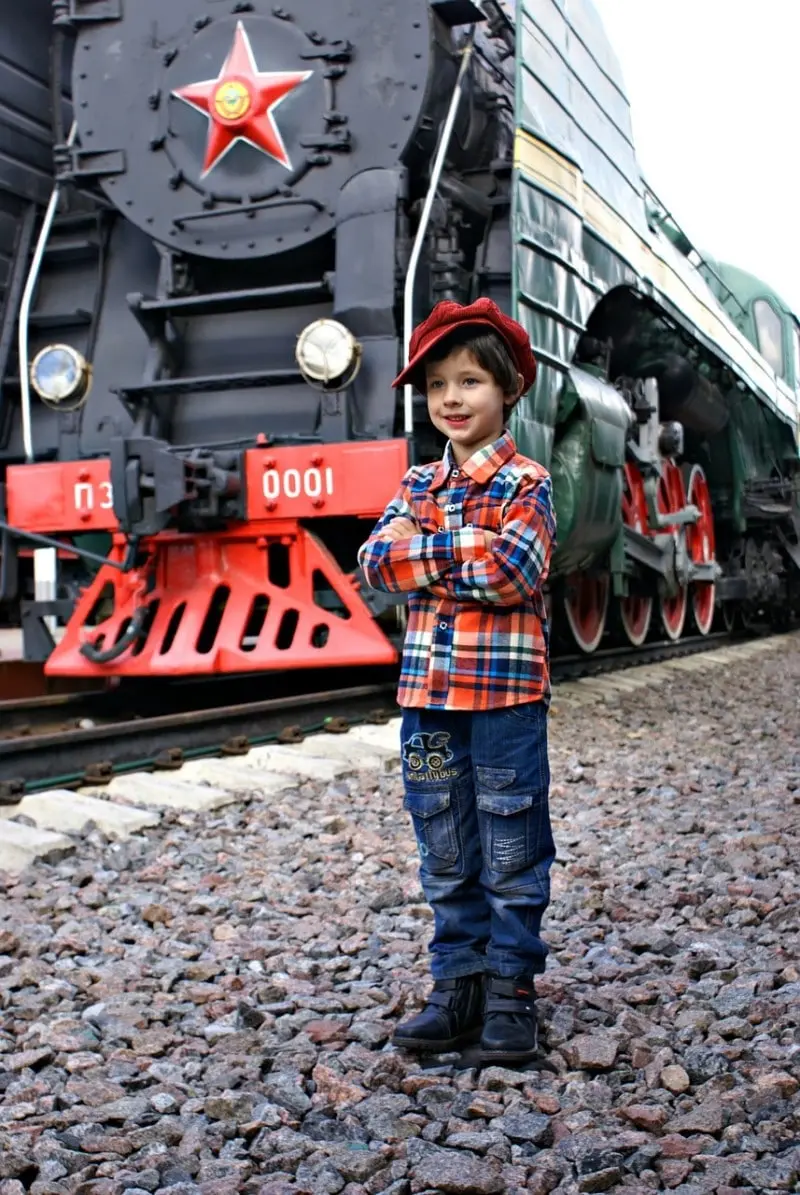
Tip #3 Take Pictures
If you do a scavenger hunt, allow children to photograph objects you are looking for. You could also ask children to ask you to photograph objects that particularly pique your child’s interest with the intent of looking them up when you get home to learn more.
You could also photograph your child with her favorite objects so she can share her experience with other family members when she gets home.
Along the same lines, if your child likes to draw you could also take along some paper and colored pencils or crayons and allow your child to sketch what she sees.
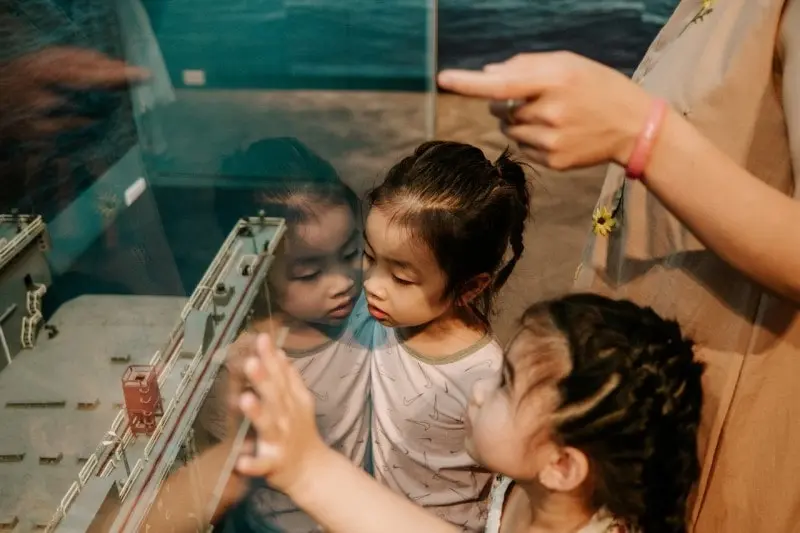
Tip #4 Ask Questions
Open-ended questions that have no right or wrong answer can really get kids thinking about what they are seeing and will get them engaged with the exhibits.
Examples are:
- “Where do you think people traveled to on that train?” or
- “What do you think the person in the picture did for fun?”
Tip #5 Bring Something From Home
Going to the American History Museum, for example, to see the transportation exhibit? Take your own toy train.
Going to the see the dinosaurs at the Natural History Museum? Take your own toy dinosaur.
This can help kids make the connection between what they are seeing and what they already enjoy playing with at home.
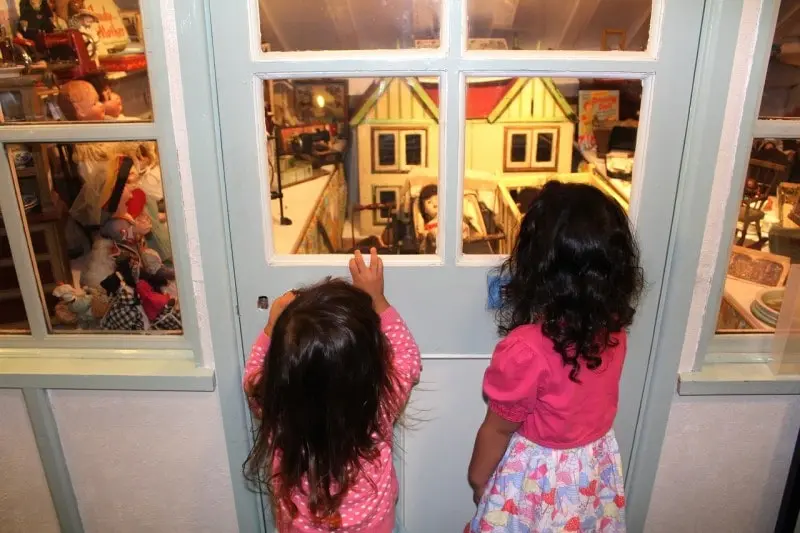
Tip #6 Read a Story
It’s not unusual to see school groups at a museum sitting in front of an exhibit reading a book. There’s no reason you can’t do the same with your child.
Taking along a storybook to the museum and reading it in front of a real-life object connected to the book can be magical for a child.
So, the next time you visit the Air & Space Museum take along a book about any type of flying machine and read it front of the real thing.
The possibilities here are endless!
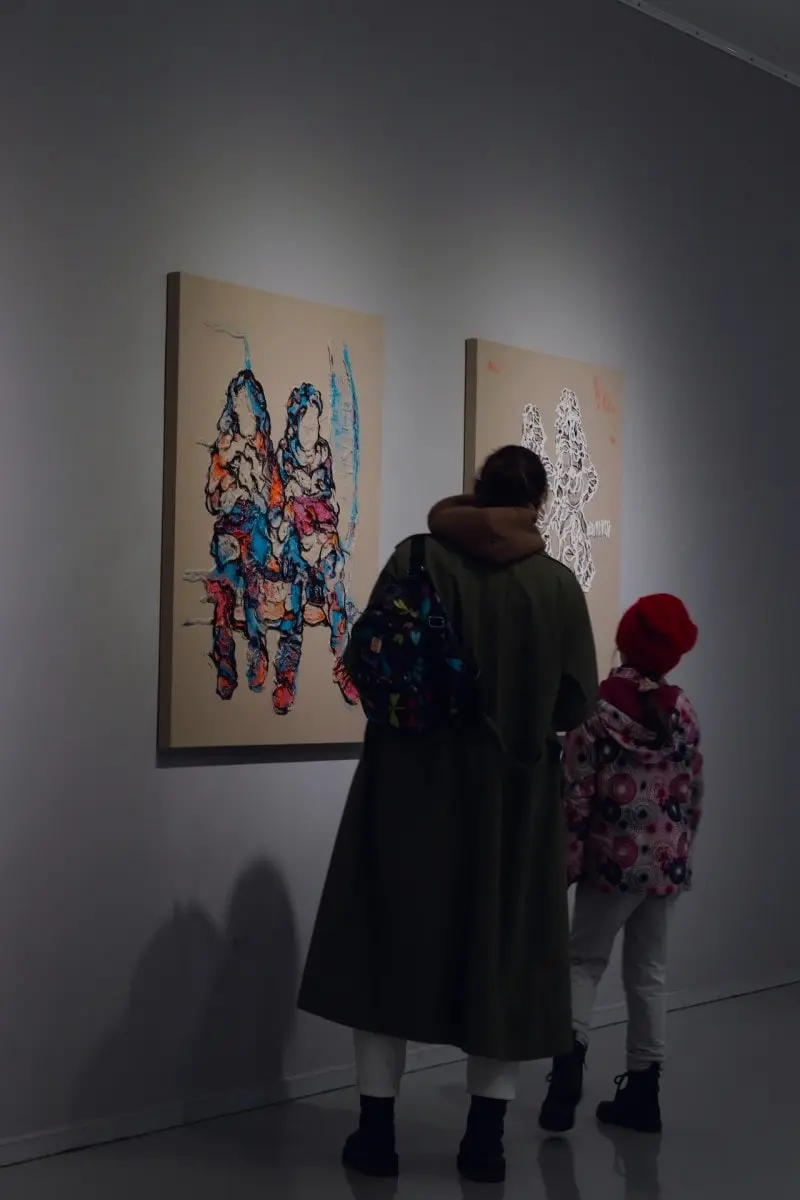
Tip #7 Link What You See to Your Play at Home
After an afternoon of looking at portraits in the Portrait Gallery go home and dress up like some of the people whose portraits you saw and act out what you imagine a day in their life was like.
Or, dress up like a train engineer and pretend you work on one of the trains you saw at the American History Museum.
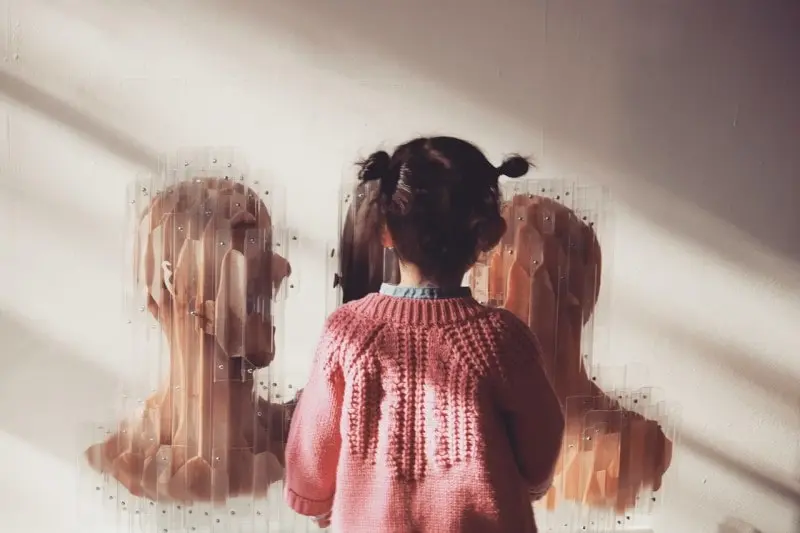
Pull out the toy dinosaurs, the art supplies, the cars – whatever you have on hand that relates in some way to your museum visit works to reinforce what you saw and helps cement the connection between museum objects and your child’s life.
Tip #8 Get Kids to Pay Attention by Asking Questions
This could be anything that makes them concentrate and interested in what they are seeing:
- How many puppets are in this case?
- How many green objects can you find?
- Do you see two pairs of shoes or three?
Just about anything that gets them thinking about what they are seeing works.
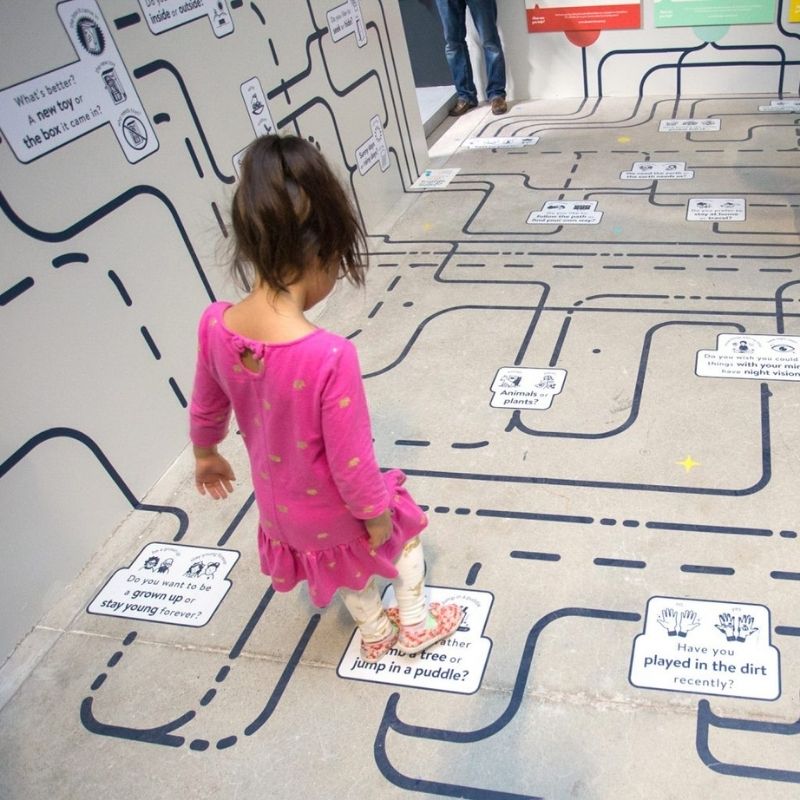
Tip #9 Make a Connection at Home
Ask Grandma if she remembers using an object you saw at the museum like an old fashioned telephone, watch a movie about something you saw such as about life in ancient Egypt or traveling to another planet.
The activity could even be as simple as mailing a letter if you visit the National Postal Museum in Washington DC or watching an episode of the Muppets if you just saw a Muppet on display.
These are additional opportunities to connect objects on display to your child’s life and make them real.
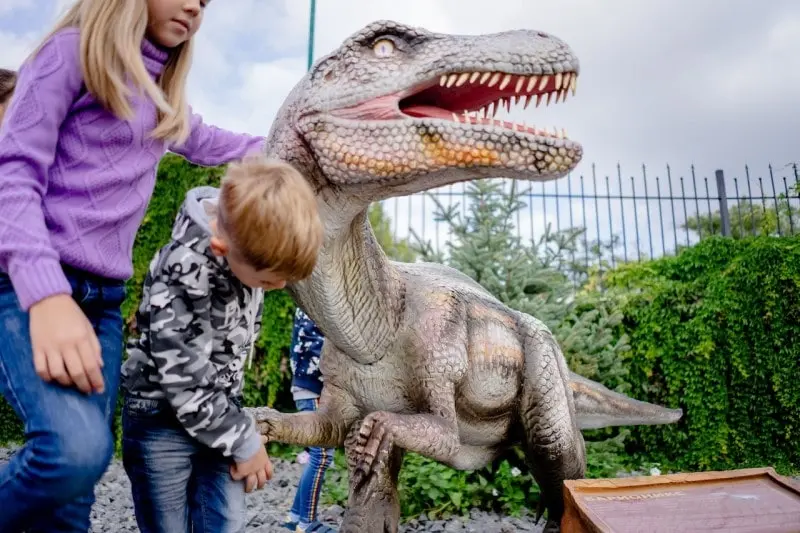
Tip #10 Look for The Gems
What the gems are in any museum will depend upon the particular interests of the child. Will it be…
- Seeing jewels that belonged to a real princess?
- Sitting on a trolley car?
- Observing paleontologists at work examining fossils?
- Walking through a live butterfly garden?
- Seeing how big a space shuttle really is?
With just a little planning you can tailor the exhibit to your child to make the experience a good one they will want to repeat again and again.